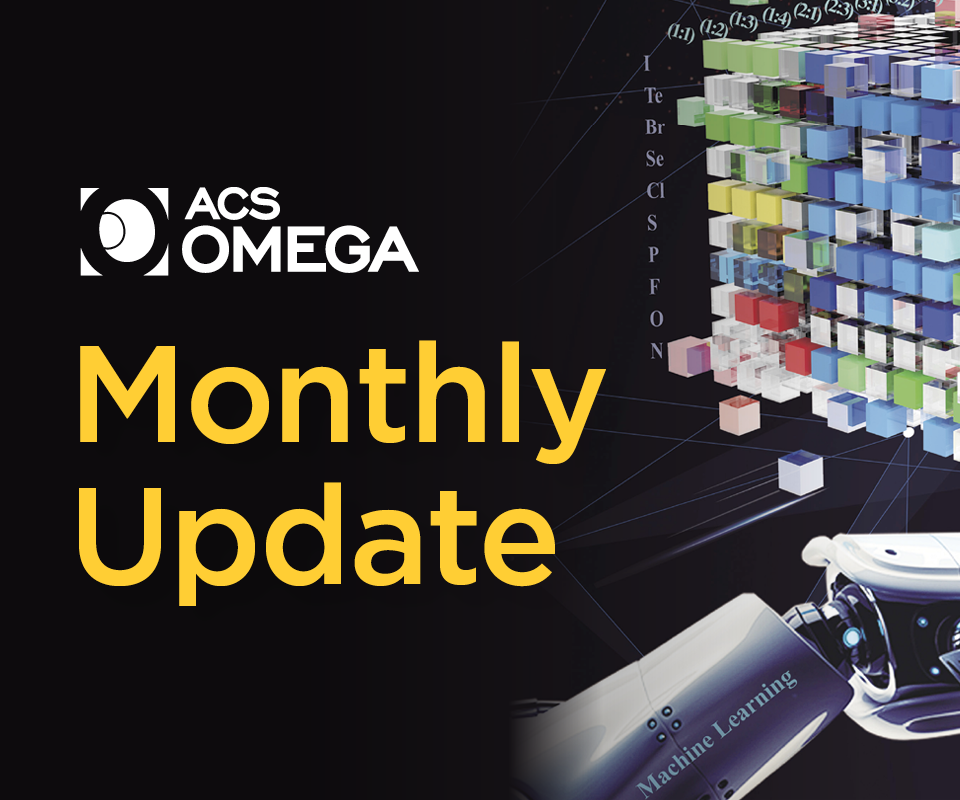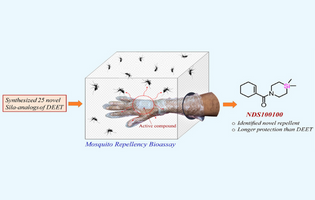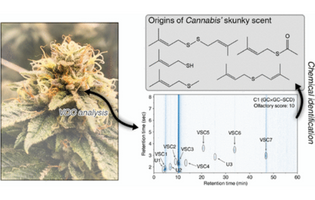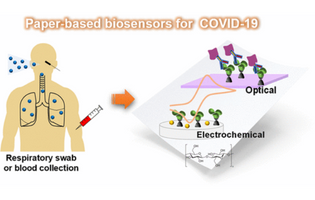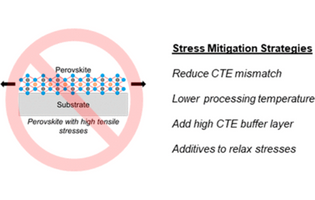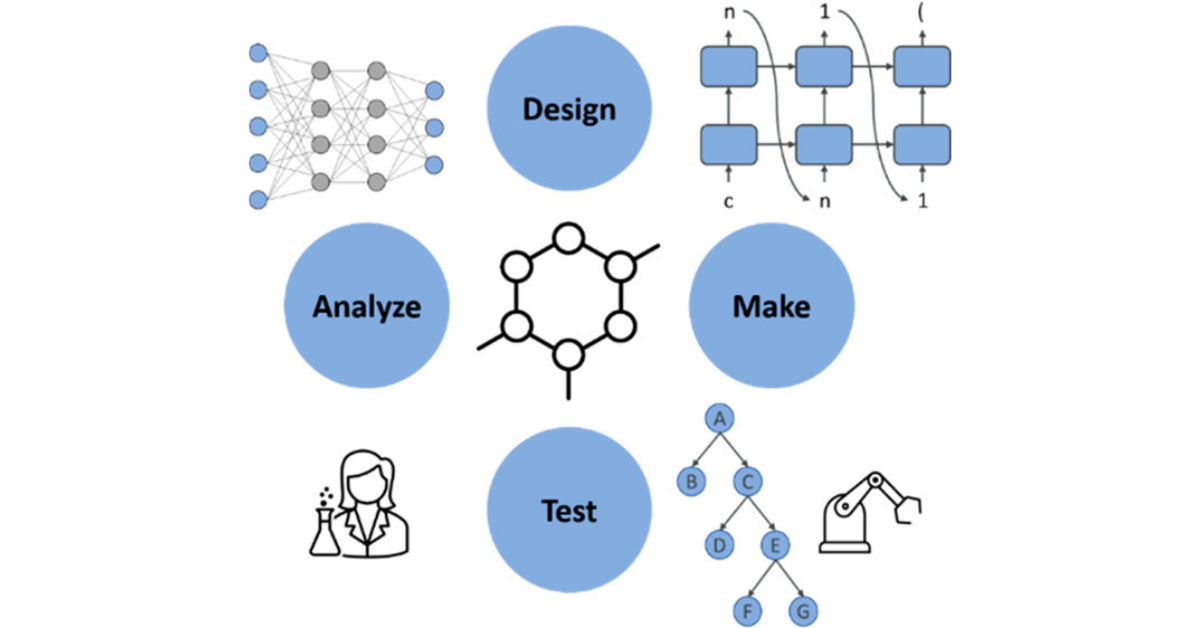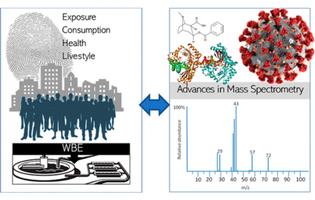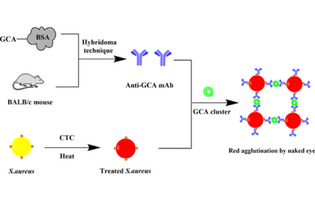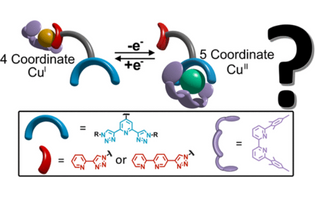What's New

ACS Omega Represented in the Clarivate List of Highly Cited Researchers
We are delighted to announce that one of our Associate Editors and eight of our Editorial Advisory Board members have been included in the latest Clarivate List of Highly Cited Researchers. On behalf of all of us at ACS Omega, many congratulations are offered to Prof. Shaojun Guo (Peking University, China), Prof. Markus Antonietti (Max Planck Institute of Colloids and Interfaces, Germany), Prof. Damià Barceló (Institute of Environmental Assessment and Water Research and Catalan Institute for Water Research, Spain), Dr. Christopher Southan (Medicines Discovery Catapult, UK), Prof. Qingrong Huang (Rutgers University, United States), Prof. Li-Jun Wan (Chinese Academy of Sciences, China), Prof. Li-Zhu Wu (Chinese Academy of Sciences, China), Prof. Juyoung Yoon (Ewha Womans University, Republic of Korea) and Prof. Hua Zhang (City University of Hong Kong, China).
ACS Omega is one of thirty-three ACS journals represented in the latest joint Virtual Issue entitled "Raising Antimicrobial Awareness". This huge collection features a plethora of high-quality articles across a diverse range of fields contributing to the state-of-the-art in antimicrobial research.
ACS Omega - In The News
A team from the Council for Scientific and Industrial Research (CSIR) investigated the potential of a series of novel silicon-containing compounds as mosquito repellents. While several of the synthesized compounds were found to have insect-repellent properties, one of them was found to offer a longer protection time than DEET (N,N-diethyl-3-methyl benzamide), considered to be the gold standard for insect repellent. The compound proved to be very effective at repelling Aedes aegypti mosquitoes, which are known to spread several fatal diseases including, Dengue, Chikungunya and Zika virus.
Pune News - Times of India (indiatimes.com)
Reference: Avalokiteswar Sen*, D. Srinivasa Reddy*, et al. Identification of a Novel Series of Potent Organosilicon Mosquito Repellents, ACS Omega (2021) DOI: 10.1021/acsomega.1c04961
Cannabis produces a pungent, skunk-like odor that divides opinion with regard to its appeal, but until recently, the cause of the distinctive smell had not been satisfactorily explained. Now, researchers from California-based firm, Abstrax, have discovered a new family of volatile sulfur compounds (VSC's) that give cannabis its characteristic smell. The findings open new opportunities to investigate the molecules for possible medicinal benefits, according to the researchers.
Reference: Iain W. H. Oswald* et al. Identification of a New Family of Prenylated Volatile Sulfur Compounds in Cannabis Revealed by Comprehensive Two-Dimensional Gas Chromatography, ACS Omega (2021) DOI: 10.1021/acsomega.1c04196
A range of studies have been published that present the development of point-of-care (PoC) testing devices and biosensors for the diagnosis and identification of COVID-19. In a Perspective published in ACS Omega, researchers based at Universidade de Coimbra, Universidade NOVA de Lisboa and the Instituto Politecnico do Porto discusses paper-based devices and platforms that target SARS-CoV-2 for low-cost PoC diagnosis and serological antibody testing. The work also discusses the targeting of inflammatory markers relevant to COVID-19.
Reference: Elvira Fortunato*, M. Goreti F. Sales* et al. Paper-Based Biosensors for COVID-19: A Review of Innovative Tools for Controlling the Pandemic, ACS Omega (2021) DOI: 10.1021/acsomega.1c04012
Key Journal Metrics
- ACS Omega published 366 articles in the month of November, for a total of 3,138 YTD.
- Articles published by ACS Omega were downloaded 756,350 times in November and brings the total YTD usage for ACS Omega articles to 6,546,435, which represents a 76.6% increase in usage compared to the equivalent time period in 2020.
Published Issues
pp. 30865-31383
pp. 30172-30864
pp. 29268-30172
pp. 28455-29267
Featured Articles
In this Mini-Review, the authors examine the coupling of ion and defect migration with stress gradients in perovskite thin films. The article provides a roadmap to mitigating common degradation mechanisms that have impeded the commercial adoption of perovskites in photovoltaic devices.
Adam D. Printz et al. University of Arizona, United States
ACS Omega 2021, 6, 45, 30214-30223
In this article, the authors present a scalable, rapid and inexpensive approach for creating User-Designed Physically Isolated Clonal Mutant (uPIC-M) libraries that utilize recent advances in oligo synthesis, high-throughput sample preparation and next generation sequencing. uPIC-M uses equipment that is commonly available and custom software that is freely downloadable and produces a 5000 mutant library at a third of the cost and a fifth of the time of traditional techniques.
Daniel Herschlag*, Polly M. Fordyce* et al. Stanford University, United States
ACS Omega 2021, 6, 45, 30542-30554
In this Mini-Review, the authors discuss the increasing impact and use of AI in medicinal chemistry and highlight selected investigations in which AI has shown promise in this field in areas such as compound design and synthesis.
Jürgen Bajorath* et al. Friedrich-Wilhelms-Universität Bonn, Germany
ACS Omega 2021 (ASAP)
This Mini-Review highlights recent wastewater-based epidemiology advances using mass spectrometry and how this progress can create a fingerprint of a city's health hazards, habits and lifestyle in the context of public health.
Yolanda Picó* and Damià Barceló* University of Valencia and Institute of Environmental Assessment and Water Research, Spain
ACS Omega 2021, 6, 46, 30865-30872
Glycocholic acid (GCA) is a biomarker for liver disease, but there are currently few facile detection methods available. In this article, the authors demonstrate a simple, naked-eye visualized method for GCA detection. The reported method represents a convenient means of detecting GCA at very low concentrations and facilitates the rapid diagnosis of liver diseases.
Suqing Zhao*, Chuanbin Mao* et al. Guangdong University of Technology, China and University of Oklahoma, United States
ACS Omega 2021, 6, 47, 32005-32010
In this article, the authors explore the possibility of using two new ditopic ligands to replace the more traditionally utilized polypyridyl ligands 2,2'bypyridine (bpy), 1,10-phenanthroline (phen) and 2,2';6',2''-terpyridine (terpy) in a copper(I/II) switching system. The results obtained by various analytical and spectroscopic techniques suggested that lack of selectivity for the copper(I) state of the new ligands pairs made them unsuitable for use in such devices.
James D. Crowley* et al. University of Otago, New Zealand
ACS Omega 2021, 6, 44, 30115-30129
Previous Newsletters
Click below to view a previous ACS Omega Monthly Update
© 2025 American Chemical Society, 1155 16th St NW, Washington, DC 20036, USA. View our Privacy Policy


